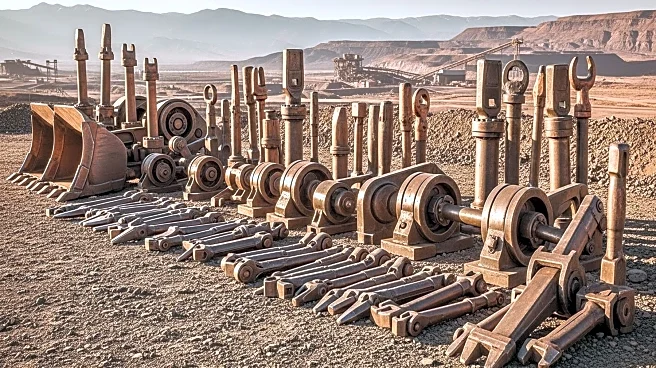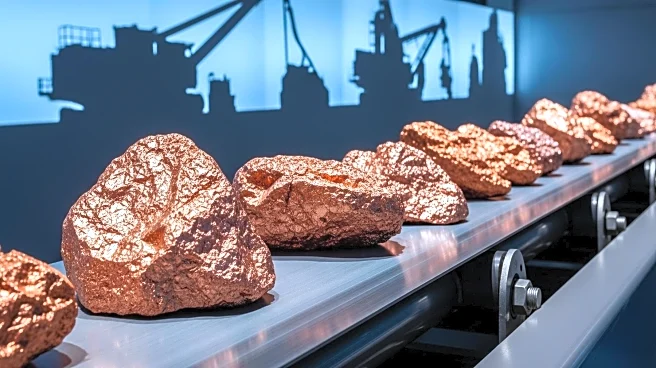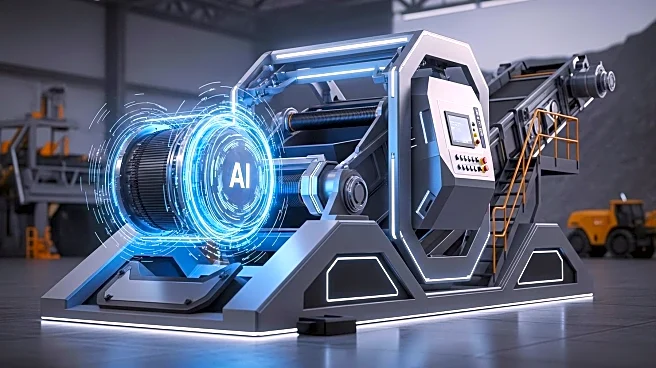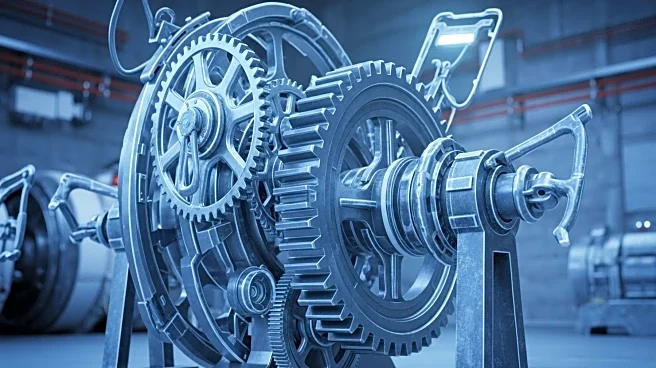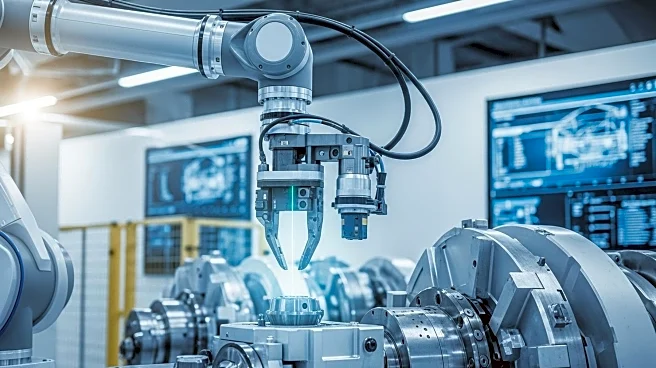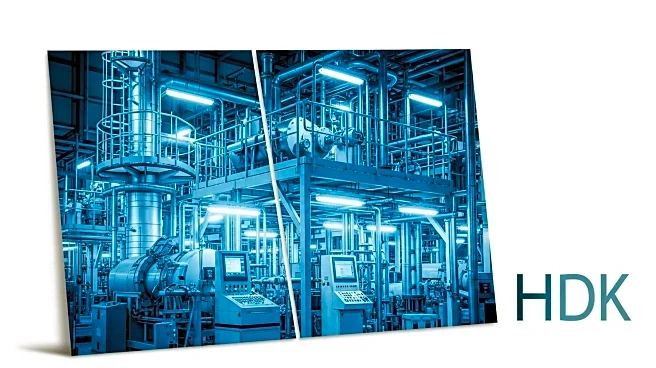What's Happening?
The copper mining industry is at a crossroads in 2025, with companies deciding between contract mining and in-house operations. Contract mining involves outsourcing key activities to third-party contractors, offering cost savings and flexibility. In contrast, in-house mining provides direct control and potentially better unit economics at scale. Recent studies indicate that 62% of copper mines are expected to outsource at least one operational segment by 2025. The choice between these models affects cost, control, flexibility, safety, technology adoption, and environmental compliance.
Why It's Important?
The decision between contract and in-house mining has significant implications for the copper industry, which is crucial for the green energy transition and infrastructure projects. Contract mining can reduce operational costs by 14% on average, but it requires robust governance to ensure compliance with environmental and safety standards. In-house mining offers direct control and alignment with company goals but involves higher fixed costs. The choice impacts the industry's ability to meet sustainability targets and adapt to market volatility, influencing global copper supply and pricing.
Beyond the Headlines
The strategic choice between contract and in-house mining reflects broader trends in resource management and sustainability. As regulatory and investor scrutiny increases, companies must align operations with environmental standards and social responsibility initiatives. The use of technology, such as satellite monitoring and AI, is becoming essential for optimizing operations and ensuring compliance. The industry's future may involve hybrid models that combine the advantages of both approaches, enabling companies to balance cost, control, and sustainability.
